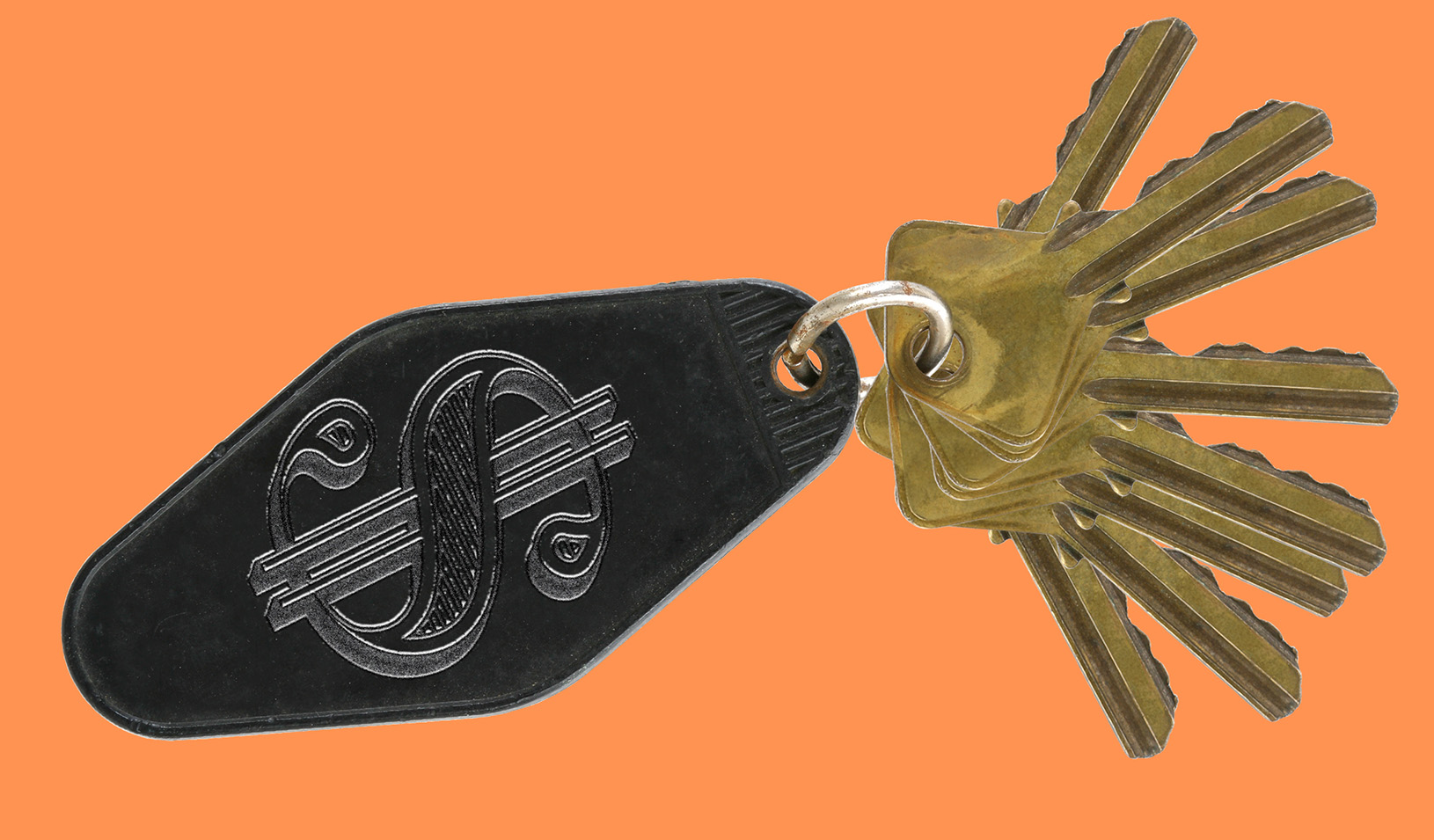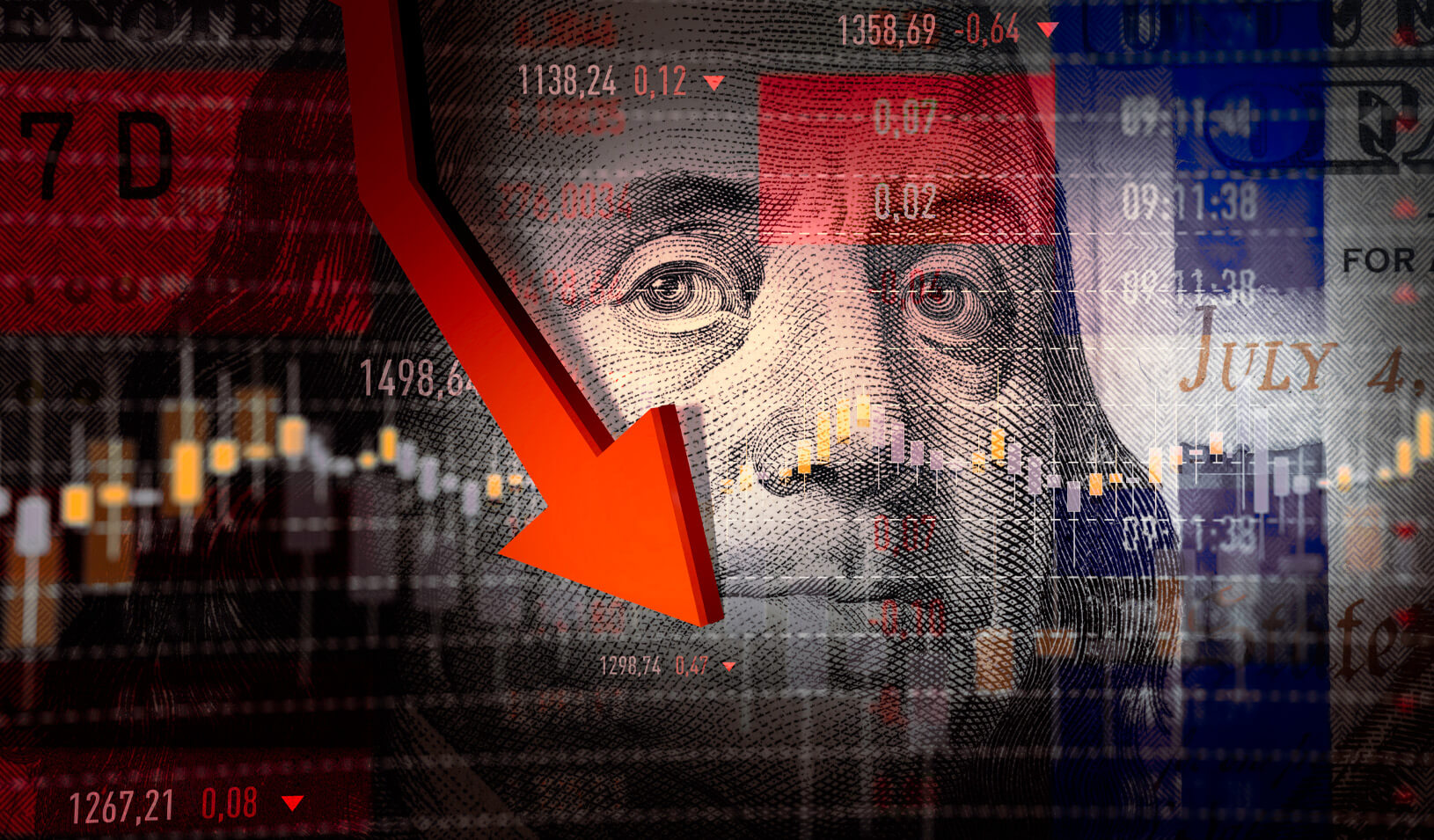Some analysts predict that the unemployment rate could reach 33% by summer — worse than the rate at the depth of the Great Depression. | Dorothea Lange
By any reckoning, the coronavirus pandemic will be at least a temporary body blow to the U.S. and global economies. The debate among forecasters is whether unemployment this summer will peak at 15%, which is much worse than after the 2008 financial crisis, or soar to new records above 30%.
The real question is what happens after the pandemic subsides. Will the recovery expected later this year be a “V-shaped” rebound that’s almost as steep and fast as the March collapse?
That’s what many forecasters predict, and it seems intuitive. But Nicholas A. Bloom, a professor of economics (by courtesy) at Stanford Graduate School of Business and a senior fellow at the Stanford Institute for Economic Policy Research, who has spent years tracking “uncertainty shocks,” isn’t so optimistic.
Not only will this downturn be worse than what followed the financial crisis of 2008, he says, it could rival the Great Depression.
“People may end up calling this the Greater Depression,” Bloom says. “I think the drop will be comparable to the Depression. The only question is about the rate of recovery.”
A Five-Year Downturn?
The problem, Bloom says, is that the aftershocks of the COVID-19 collapse are likely to last much longer than most people expect. It could take five years, he warns, before economic output climbs back up to where it was in February 2020.
The all-time record for U.S. unemployment was 24.9% in 1933, during the depths of the Depression. In the brutal recession of 2008 and 2009, after the financial crisis, unemployment peaked at 10%. By contrast, the pandemic could at least briefly push the jobless rate to entirely new heights. Indeed, economists at the Federal Reserve Bank of St. Louis have warned that 47 million people could be thrown out of work and that the unemployment rate could hit 32% by this summer or fall.
Bloom agrees with other forecasters that the economy will start bouncing back later this year. After what could be months of sheltering in place, consumers will have huge pent-up demand and businesses will want to ramp up to meet it.
Brace for Aftershocks
But Bloom says the aftershocks of the pandemic — what he calls the “second moment” shock — could greatly inhibit that rebound. The most immediate aftershock is likely to be an extended bout of uncertainty and risk avoidance. Having just experienced a jaw-dropping downturn, Bloom says, businesses are likely to remain cautious for much longer than usual about ambitious new projects. Consumers are likely to be wary too, especially those who lost a big share of their earnings in 2020.
Bloom, who works with the Federal Reserve Bank of Atlanta on its monthly Survey of Business Uncertainty, says the longer-run anxiety is already apparent.
In the bank’s March survey, uncertainty about revenue growth over the next year surged 44%. Companies across the board drastically lowered their projections for sales — and their gloom seemed to deepen daily. Companies interviewed in early March predicted that the pandemic would reduce their 2020 sales by 6.5%. But companies interviewed a week later, between March 17 and 20, were nearly twice as gloomy, predicting it would reduce their 2020 sales 11.4%.
Bloom says that the pandemic is likely to cause other kinds of long-term economic damage. Global supply chains, for example, may take a long time to recover as contractors in developing nations struggle to reopen.
The Lingering Impact of Lost Innovation
Another problem, Bloom says, is that the economy will likely experience hidden damage in the form of lost productivity.
“I am concerned that GDP will drop far more than what we measure,” he says. “You have millions of people who are still getting paid but have to work from home and can’t be nearly as productive as they were before,” he notes. “Those losses don’t show up in any GDP numbers, but they are real.”
Likewise, he continues, GDP numbers don’t capture what is likely be a major interruption in innovation and new ideas. Research will slow to a crawl as thousands of companies shut down and then cope with their own revenue decline. That stretch of lost innovation will reduce the nation’s future productivity growth.
Last but not least, Bloom predicts that the economy will eventually be slowed by higher taxes. The $2.2 trillion stimulus package just signed into law is likely to push the annual federal deficit well past $3 trillion, and Congress may well pass additional stimulus measures. At some point after the crisis, Bloom predicts, Congress will feel pressure to raise corporate taxes or impose a new wealth tax on families with more than, say, $10 million in assets.
Those tax increases could be fiscally responsible, but they might also create a drag on growth at a time when the economy may still be shaky.
“As recently as the middle of March, I thought we would probably experience a V-shaped recovery and bounce back relatively quickly,” Bloom says. “I don’t think that now.”
For media inquiries, visit the Newsroom.






